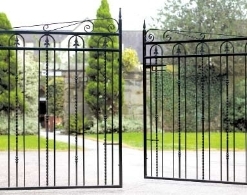Gate Repair and Troubleshooting
Do you have an issue with an existing gate? If you answer yes, keep reading, as this guide has been designed to provide you with an overview of the common problems you may encounter and provide solutions to how you, as a homeowner, can easily overcome them.
Common Problems and Solutions
Knowing the steps to take if you encounter an issue with a gate will save you time, money, and stress. Here, we provide you with the most common problems.
Problem 1: Rust and Corrosion
Inspection
Inspect all the exposed surfaces of the metal (including the underside, as this is often overlooked) and check for signs of:
- Discolouration: The initial signs of rust will generally appear as shades of red, orange, or brown where the surface beneath has started the oxidization process.
- Flaking of Bubbling Paint: When this occurs, it usually means that moisture has been able to penetrate the painted surface, and rust is beginning to form beneath.
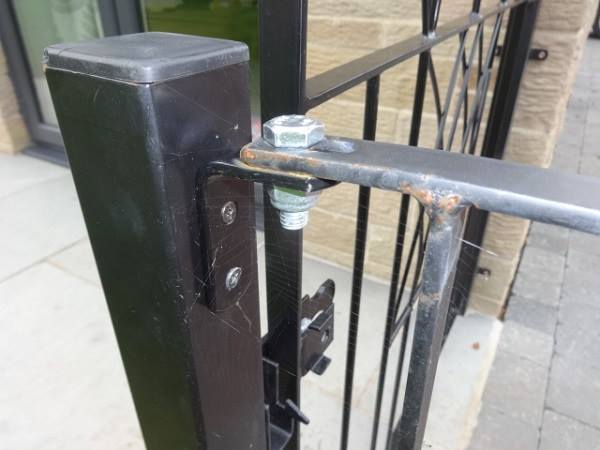
Rust Removal and Repair
If spotted early, remedial action is usually relatively straightforward and often, the process will involve:
- Sanding the affected area to remove the visible rust and corrosion.
- Clean and remove the dust and debris caused by the sanding process.
- Making sure the area is completely dry, apply 1 or 2 coats of rust proof primer to the problem areas.
- Set the gate aside and allow time for the primer to dry.
- Apply a finishing coat of exterior-grade metal paint over the primer. If you can get an exact match, you may be able to paint a small section; however, if the colour does not blend in, you may have to treat the entire gate framework to achieve a uniform appearance.
Problem 2: Sagging
Due to wear and tear, a gate can begin to show signs of sagging. This will be apparent if the gaps between the framework of the gate and the wall are uneven or if it no longer sits level. In these instances, you should inspect the following areas:
- Hinges: Due to constant movement or banging shut, your gate hinges may begin to work loose and need adjustment. You can quickly rectify this by tightening loose screws, nuts, and bolts or by replacing the worn-out components.
- Latch: Adjusting the hinges should bring the latch back into alignment; however, if this fails to rectify the problem, it may be possible to make minor adjustments to its position for better operation.
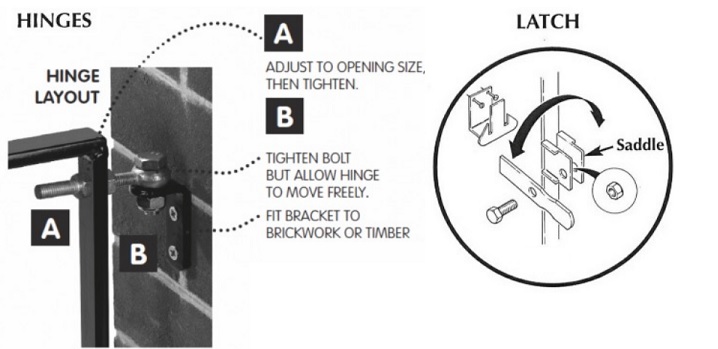
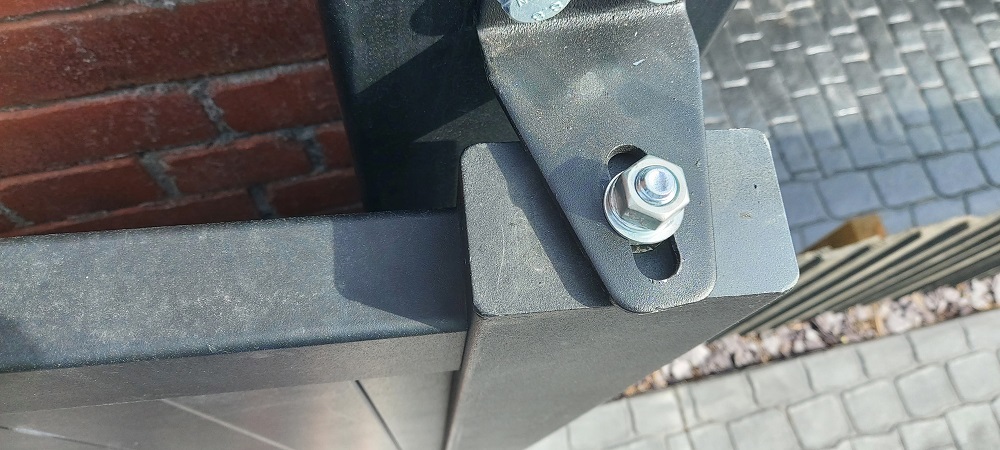
Problem 3: Squeaking
Nothing is more annoying than a gate that squeaks as it opens and closes; however, this is a quick and easy fix.
- Lubrication: If the hinges make a noise as the gate opens, you should apply lubrication to reduce friction.
- Tighten Fittings: Over time, some of the screws or other fixings may become loose, so check for insecure fixings and, where applicable, retighten to ensure a secure hold.
- Worn Parts: If you discover any components that show obvious signs of wear and tear, these should be replaced.
Problem 4: Gate Not Closing Properly
Your gate should be able to open and close freely; however, on occasion, you may encounter an issue that prevents correct operation. In these instances, check the areas detailed below.
- Obstructions: Look for any obvious obstruction, such as overgrown plants, sticks or branches that may be stopping the gate from operating freely.
- Hinges: Small adjustments may be needed to bring the gate back into the correct alignment.
- Damage: Inspect the gate and look for signs of structural damage, such as bent components.
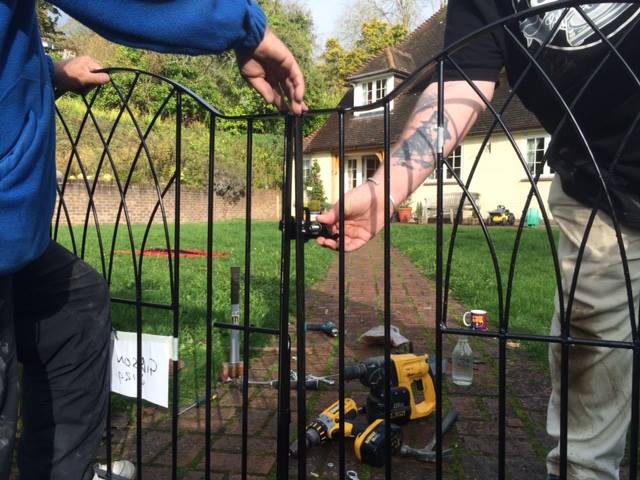
Problem 5: Automatic Gate Isn't Working
- Check Power Supply: The first step is to check if the motor has power. If there is none, check the circuit breaker and look for a blown fuse. If a fuse has not blown, further investigation will be needed by a qualified electrician.
- Remote Control: Often, if the remote has stopped working, the batteries will be out of power. To rectify this, replace the batteries with the appropriate type. Please be aware that on occasion, after changing the batteries, you may need to reprogram the remote.
- Sensors: Dirst, debris or an obstruction may be preventing this safety feature from functioning correctly.
- None of the Above: In certain instances, you may not be able to rectify any issues you are experiencing. In this case, we would recommend you consult with a professional installer to come and fix the problem for you.


